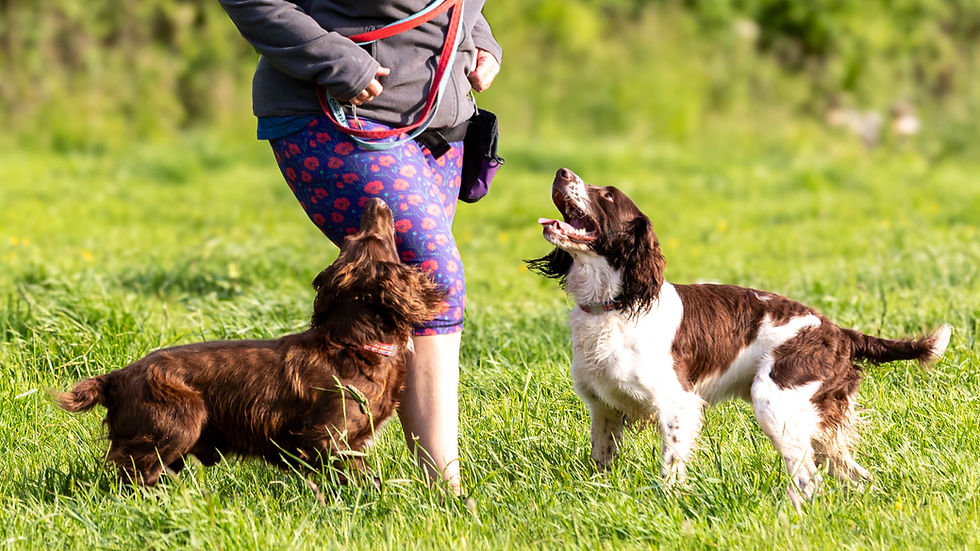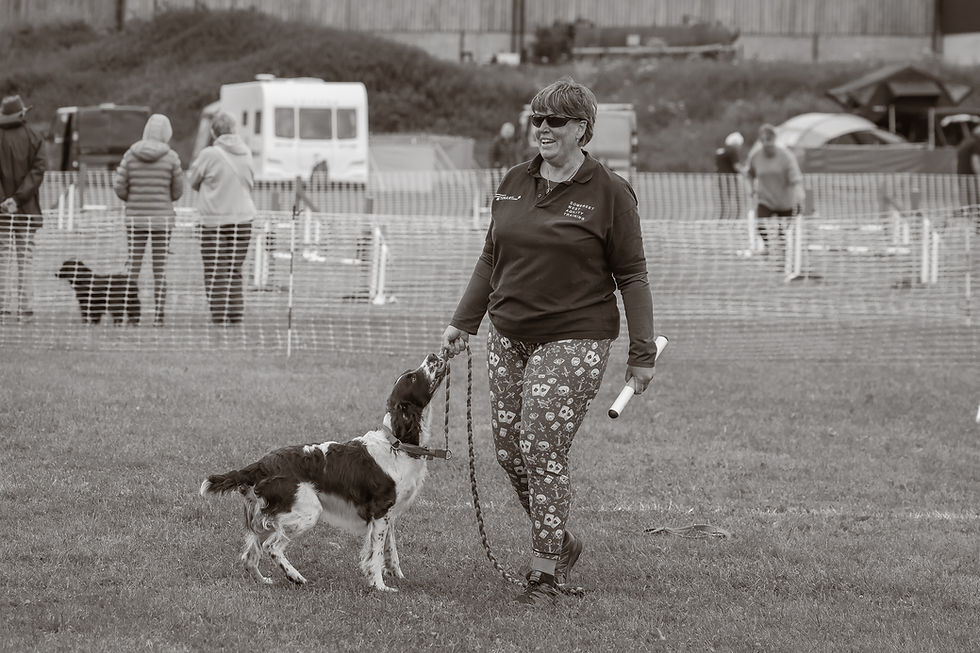4 Mistakes To Avoid When Training Scentwork
- Sara Seymour

- May 17, 2021
- 2 min read
Updated: Jan 3, 2025
I recently wrote about the reasons to train scentwork, and how I came to train scentwork. Now I'm going to talk you a through a few mistakes that I commonly see, and why you should avoid them.
1 - Spending too much time teaching searching without an indication.
Getting our dogs to understand what they need to do when we say our 'search' cue is important - we want them to have the confidence to get their nose down and sniff the area and all the items. However, we also need to be able to tell when they've found the target odour. If we spend too much time focussing on the searching, then they start to find that highly reinforcing and so have no real incentive to stop. You can also end up with a situation that they find the target odour, but have no idea how to let you know!
2 - Spending too much time teaching an indication without searching.
Can you see a theme here?! It's about balance. If you put all your effort into the indication, then you run the risk that your dog will indicate on anything and everything, because that's paid well in the past. If you're working on known hides, then you can obviously ignore those rogue indications. However, when it comes to blind hides, how do you know for sure that they have found the hide?
3 - Using a marker as part of calling the hide.
This is an issue I have seen when scribing or judging at scentwork trials. The handler raises their hand and says 'yes', but it's a false alert. Now the dog has been marked for a false alert, which could lead to a whole host of problems as well as the initial confusion in the moment. It's important to practice calling the hide when we train, so that the dog understands that part of the search, but you need to think carefully about how you're going to do it.
4 - Only Searching Objects
A lot of our early training in scentwork involves searching objects - boxes, bags, chairs and so on. This is great for getting started, and helping our dog learn the game. However, we need to make sure that we also incorporate searching 'non-things' like walls, skirting boards and door frames. Ultimately, you can also combine searching objects with searching areas. Remember it's about balance though, so never spend too much time on one type of search.
Ideas on how to avoid these mistakes, and ensure that you get a good balance in your scentwork training, are all covered in my book, Scentwork: Step By Step.



